Description
Snare Drum (caja coplera)
PRICE: UNDER CONSULTATION
PAYMENT METHODS:
- WESTERN UNION, OR SIMILAR UNDER CONSULTATION.
- WIRE TRANSFER. UNDER CONSULTATION.
- CREDIT CARDS: UNDER CONSULTATION.
- OTHERS UNDER CONSULTATION.
Brief history of the instrument
This percussion instrument is used in Andean cultures, especially of Quechua origin. It is a relatively small drum, made up of two skin membranes stretched on both sides of the hoop, which is traditionally made of light wood (cardón, a large dry cactus, is widely used), although other materials can be used.
On the lower head there are snares (gut strings stretched over the membrane) usually called “chirlera” which bounce on the head when the snare is struck, giving it a characteristic sound. These staffs can be accessories that can be easily put on or taken off at will. However, when they are not present, the tone of the snare drum is much “dryer”, since with the chirlera the original impact of the stick is surrounded by a variable number of micro-impacts produced by the rebound. This effect can be varied by changing the tension of the chirlera.
The snare is struck with a wooden stick, the drumsticks, which hits the upper head. The lower one moves due to the vibration itself generated when the upper one hits. The sound of the snare is indeterminate (it does not produce notes of defined pitch). The palillo, as in the case of the bass drum, is divided into “palo” (the bare wood) and “mazo” (the head wrapped in cloth or cloth). Thus, the sharp, dry and penetrating sound of the stick is complemented by the low sound, with fewer harmonics, of the mallet.
The bagualera and chayera box used in the NOA is a very flat drum in relation to the diameter, approximately 45 cm, and the height is 10 to 15 cm. This type of box is usually circular in section (that is, it forms a very flattened cylinder), although there are Argentine boxes with a rectangular shape.
In general, this type of snare drum is struck with a single stick on only one of its heads while the “cajisto” (sic) or player holds the instrument with the other hand, often suspended from a leather loop tied to the string that joins and tighten both heads. The association with the erke, a natural clarinet made of bovid horn, is also common, both performed by the same performer performing the tunes and wheels.
The box can be found throughout Andean America, with similar and large specimens found even among the Tarahumara of the Mexican Sierra. In some specimens there is a bead, a small ceramic bead crossed by the staff, which modifies the tone produced by the rebound. The same principle as the chirlera, but placed inside the drum and made p. e.g. with camel gut, appears in single-head drums (tambourine) typical of the Semitic cultures of North Africa (Morocco, for example) and in traditional tof or darbuka (single-head drums in the shape of an hourglass) ( in ceramics) of the same origin (even reaching Israel). The two-membrane square box (documented in Argentina, among others, by Isabel Aretz) is similar to the Portuguese adufe.
ABOUT THE LUTHIER AND MUSICIAN
He was a stable part of the group that recorded and accompanied Facundo Saravia (Los Chalchaleros) for 15 years. He made works for other top artists such as Laura Albarracín, Angela Irene. He was part of projects such as Zamacuco and MateMalanga. Since 2008 he has worked as a teacher at the Avellaneda Popular Music School (EMPA, Buenos Aires, Argentina) and at the Manuel de Falla Superior Conservatory of Music in the city of Buenos Aires. He accompanied Juan Falú in the project Cajita de Música Argentina. He is the creator of the workshop “El Bombo Legüero in Argentine Music” which has the recognition of the Association of Pedagogues of Santiago de Cuba. This workshop has been held in Argentina, Cuba and Brazil on numerous occasions. Since 2000 he has been dedicated to the construction and repair of legüero drums and other Latin American folk instruments.
VIDEOS ABOUT THE INTRUMENT


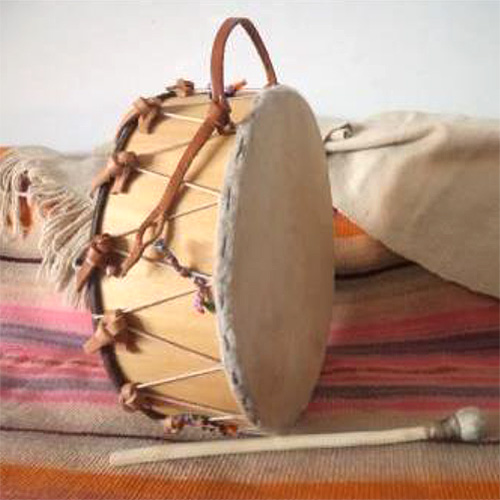






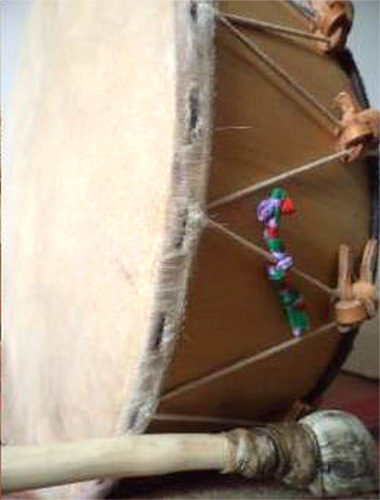
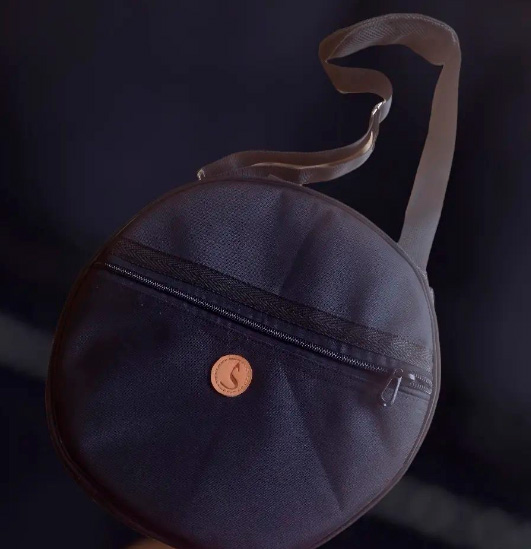




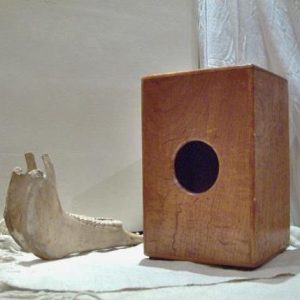
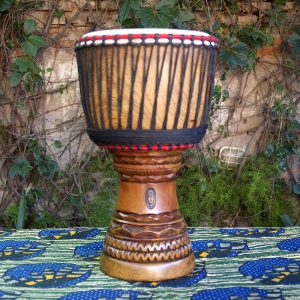



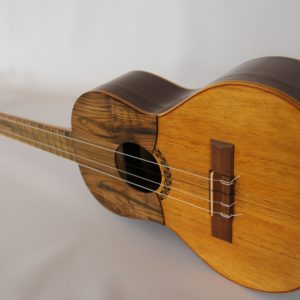
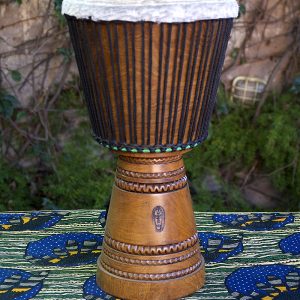

Reviews
There are no reviews yet.